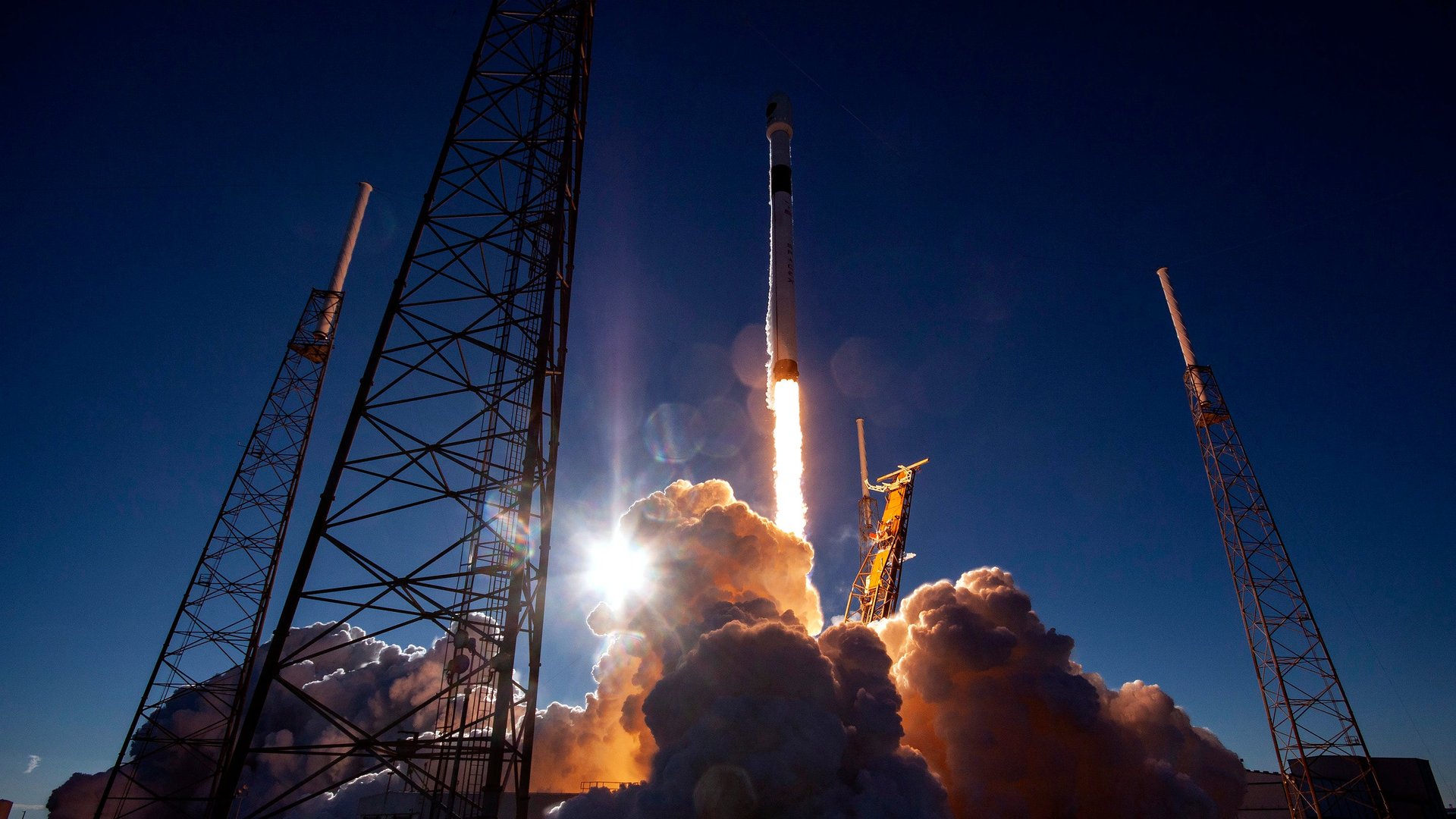SpaceX delivers a freebie launch today after destroying a satellite in 2016
An Israeli communications satellite known as AMOS-17 will speed to orbit today on a SpaceX rocket if all goes to plan.


An Israeli communications satellite known as AMOS-17 will speed to orbit today on a SpaceX rocket if all goes to plan.
Elon Musk’s space firm is delivering this launch, its tenth of 2019, to make up for the loss of a satellite in a 2016 mishap. Spacecom’s $200 million AMOS-6 was destroyed while onboard a Falcon 9 rocket that caught fire while being filled with propellant.
SpaceX has since flown 45 successful missions and completely re-designed the fuel system in question with help from NASA, which wants to make sure the Falcon 9 is safe enough to fly astronauts. “The decision to go back to SpaceX is like a decision from scratch,” Spacecom’s CEO told reporters. “They do a very good job.”
When is the SpaceX launch?
You can watch the launch on SpaceX’s live video feed. The launch is expected during a window that opens 6:53pm US Eastern Time and closes at 8:03pm ET. Forecasters see a 40% chance that bad weather will delay the mission.
SpaceX won’t be recovering the reusable rocket booster used in this mission. The AMOS-17 satellite is heavy, weighing more than 7 tons (6.3 metric tons), which means the rocket will need most of its propellant to reach orbit and won’t have enough left to fly back to Earth. Still, this is the third flight for this booster—which means SpaceX’s cost of providing this free mission is comparatively low.
What the SpaceX fire cost
Though it was insured, the loss of AMOS-6 was a major milestone for SpaceX and Spacecom. It spurred a major re-design effort inside SpaceX and derailed merger plans for the satellite operator.
Some of AMOS-6’s communications capacity had been leased to Facebook as part of a program to expand internet access. The mishap led an upset CEO Mark Zuckerberg to post that “I’m deeply disappointed to hear that SpaceX’s launch failure destroyed our satellite that would have provided connectivity to so many entrepreneurs and everyone else across the continent.”
Facebook is reportedly contemplating a new plan to launch its own internet satellite, but it will have to compete with more advanced offerings from SpaceX, OneWeb and even Amazon.